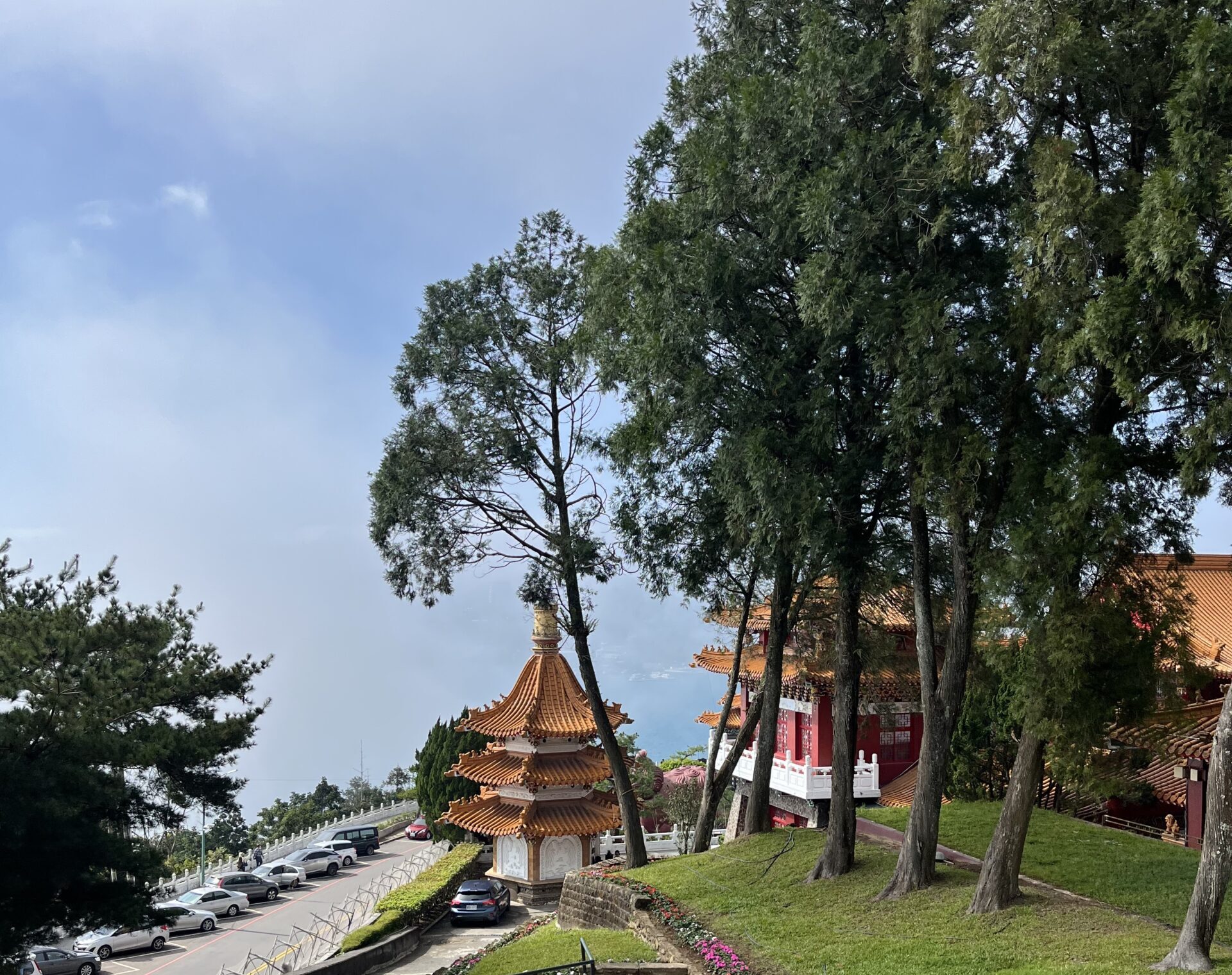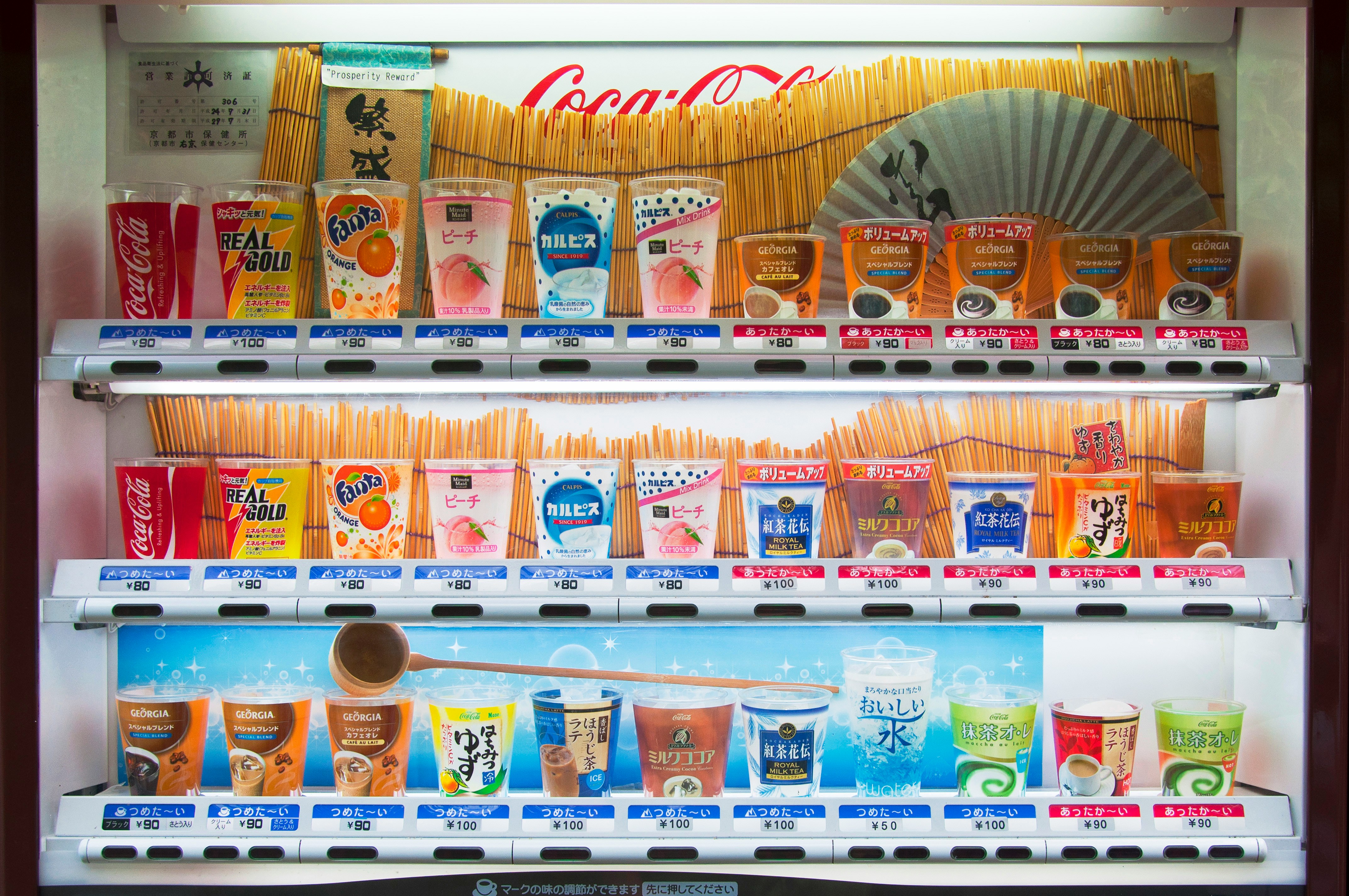
Making accessible travel easier with inclusive adventures and accommodations.
Written by Kaelie Piscitello
I love the adventurous part of traveling. Some of the best trips I’ve taken have included swimming in a Cenote in Mexico, hiking one of the Alps in Austria, and taking the plunge across a difficult trail in Yilan, Taiwan.

While I have enjoyed my adventures, it has occurred to me more than once that I’m fortunate to be young and have the ability to engage in the activities I do. In Taiwan, I remain acutely aware of the steep stairs plunging into the MRT station exits and how they do not always have escalators, let alone elevators. As I climbed the steep, uneven stairs of Blarney Castle in Ireland to reach the top and glimpse the stone, I wondered how people with heart conditions made it up to the top.
About 15% of the world’s population lives with a disability, creating a significant need for accessible accommodations in everyday life. Unfortunately, nearly 46% of travelers with disabilities reported significant accessible obstacles during their hotel stays and other vacationing activities.
Not every tourist attraction offers disability services to allow people to partake in the activities. While some offer reduced ticket prices, at the end of the day, some activities do not accommodate a diverse range of people. Most of the time, historic sites built hundreds of years ago lack thought towards this matter. Luckily, people in the travel industry have taken notice and stepped towards improving the experience for everyone.

Adaptive Adventure Sports
Many activities that exclude people with disabilities on trips involve movement. Several companies lead the way in creating adaptive adventure sports or physical activities that allow people with disabilities to participate in a wide range of exercises on vacation, including skiing, diving, and hiking.
For example, Adaptive Adventures is a nonprofit organization created to provide vacations to individuals with physical disabilities, regardless of location, equipment needs, or socioeconomic status.
They serve around 3000 people each year in over 30 states and offer a variety of outdoor activities, including rock climbing and skiing and specialty sports such as Dragon Boat racing. Adaptive Adventures offers daily events for everyone to participate in activities, such as climbing community night and cycling rides.
Meanwhile, BORP Adaptive Sports and Recreation offers regular group trips and helps families plan independent recreation and travel with accessible outdoor activities. They also function as a nonprofit and hold a large Revolution Ride Fundraiser annually in California, complete with scenic routes and opportunities to engage with the larger BORP community.
BORP has incredible statistics, with over 80% of participants saying BORP helped improve their mental health and increased their sense of well-being. It enables people with disabilities to engage in recreation and fitness activities without barriers.

Barrier-Free Accommodations
In addition to organizations like these helping to increase access to sporting activities, the world has grown in its measures to provide barrier-free accommodations for all people. Today, most architects build step-free entrances and wheelchair-accessible rooms.
That said, despite legislation aimed at improving accessibility, many of the buildings in the United States do not comply with the rules, creating barriers. People with mobility challenges cannot access an average of 65% of curb ramps and 48% of sidewalks.
Organizations like Wheel the World and AccessibleGO aim to conquer these significant challenges. For example, Wheel the World allows users to book hotels and find experiences with detailed accessibility information through a well-organized platform. It covers everything from hotels to activities and transportation. They list verified destinations, including thirty places that have met a set series of criteria and deem the location appropriate and accessible.

Some of these places, such as Tampa, Central Oregon, and Tuscon have undergone training and a strategic mapping plan that prepares everyone in tourism there to accommodate all of their visitors. Wheel the World has also curated a list of hotels and attractions that go out of their way to accommodate people.
Meanwhile, AccessibleGO is another booking platform for people with disabilities. It allows travelers to book flights, hotels, vans, and equipment necessary for a great trip. Their website also has a curated list of city guides with details about the best transportation options, attractions, and local caregivers that can help make the trip high-quality.
Furthermore, travelers booking with them can access the AccessibleGo Community Hub, an online chat platform where people ask questions about their upcoming trip and leave recommendations for others.

Transportation
Over the years, transportation has also become less of a challenge. While I notice difficulty in the accessibility levels of subways in Taiwan because some exits do not have elevators, the trains here have introduced new initiatives, such as lower floors, that make it easier to board and allowing service animals aboard.
Furthermore, airports have improved their spaces by introducing accommodations, such as free wheelchair assistance and accessible restrooms nearby. Most flights have priority seating for passengers with disabilities and offer early boarding and boarding and safety information in accessible formats.
While the travel industry could improve some of its amenities and accessibility in some places, it has taken great strides over the years to include everyone.






Leave a Reply